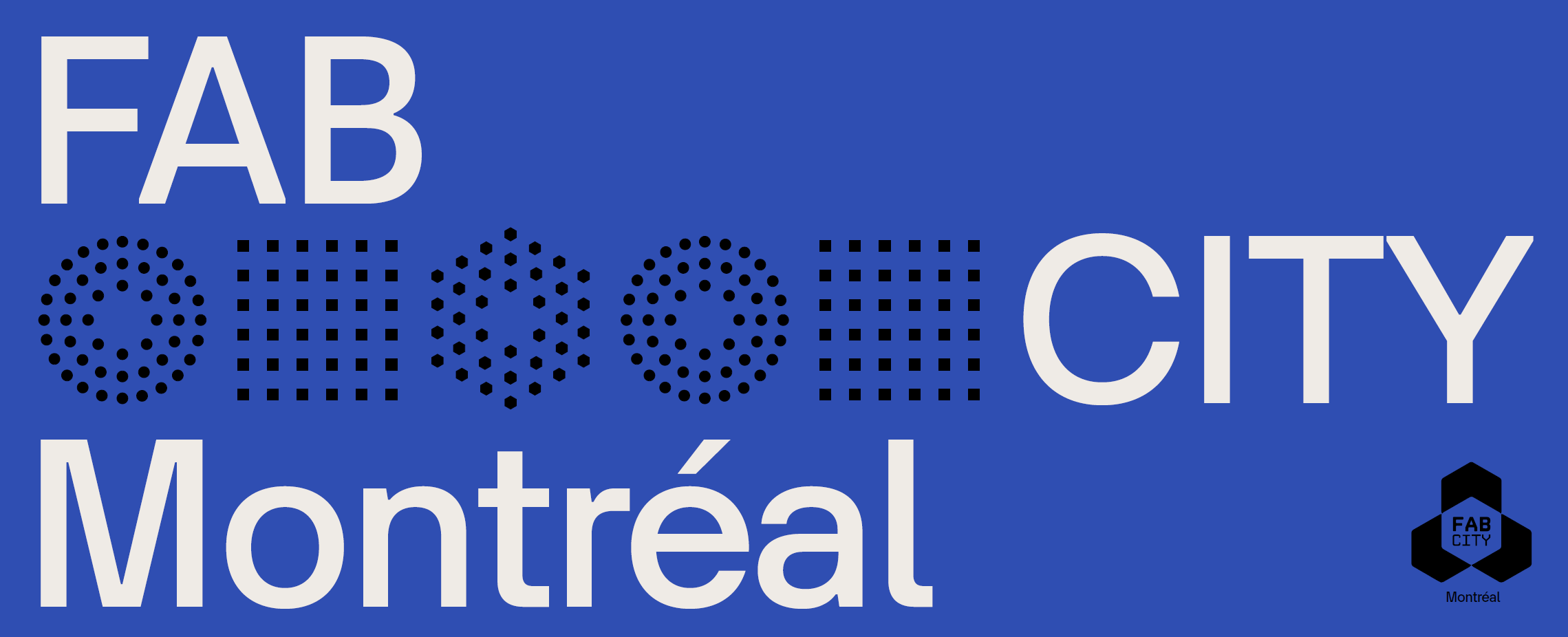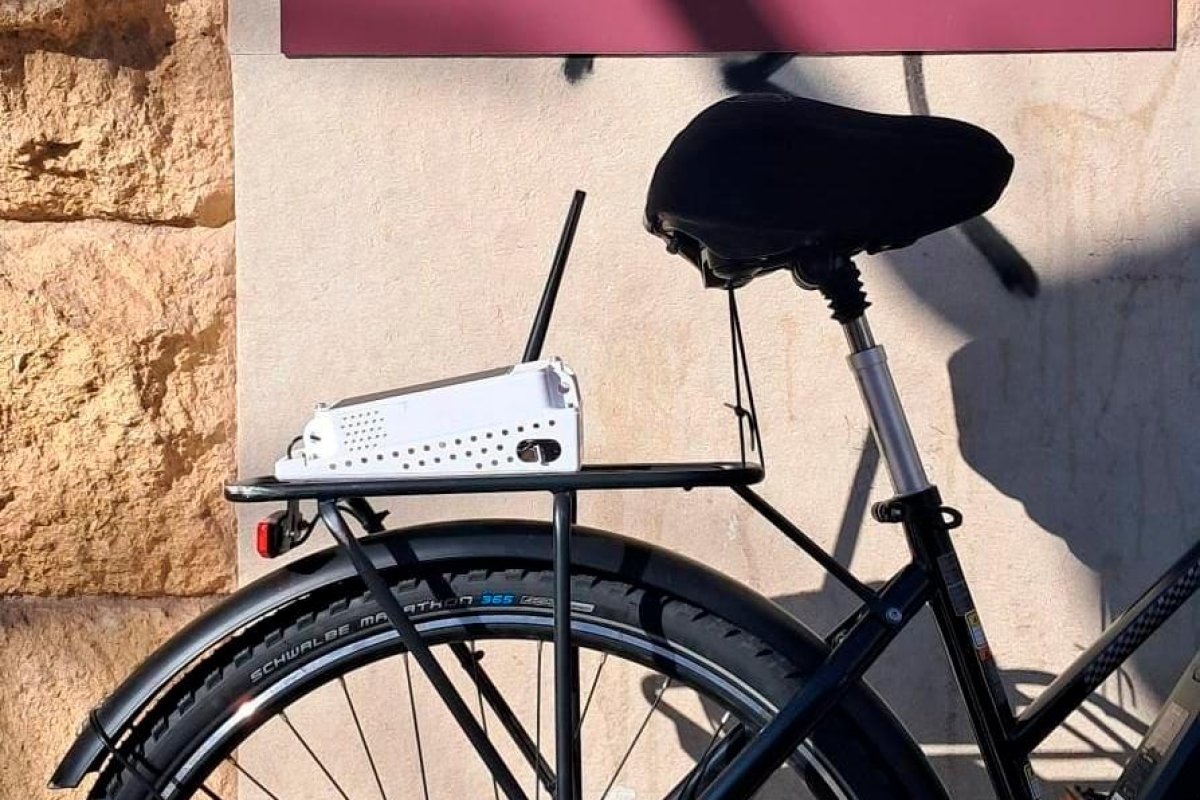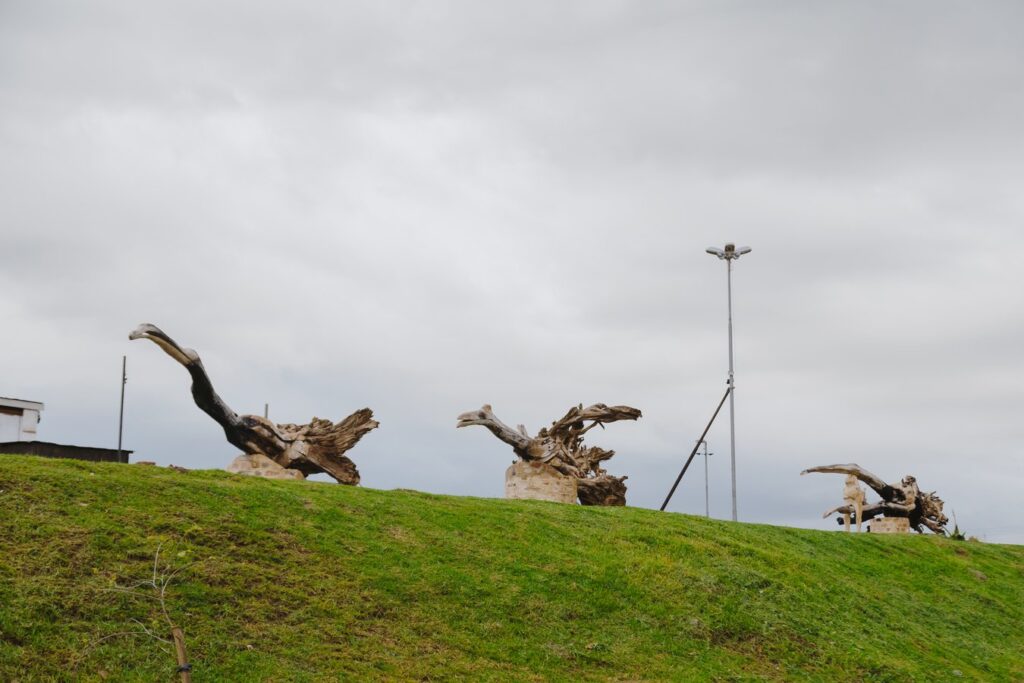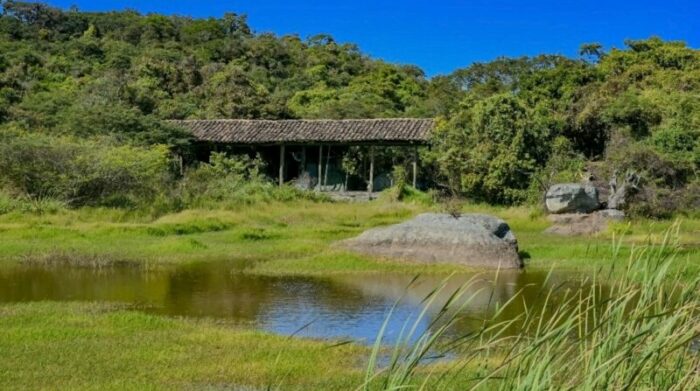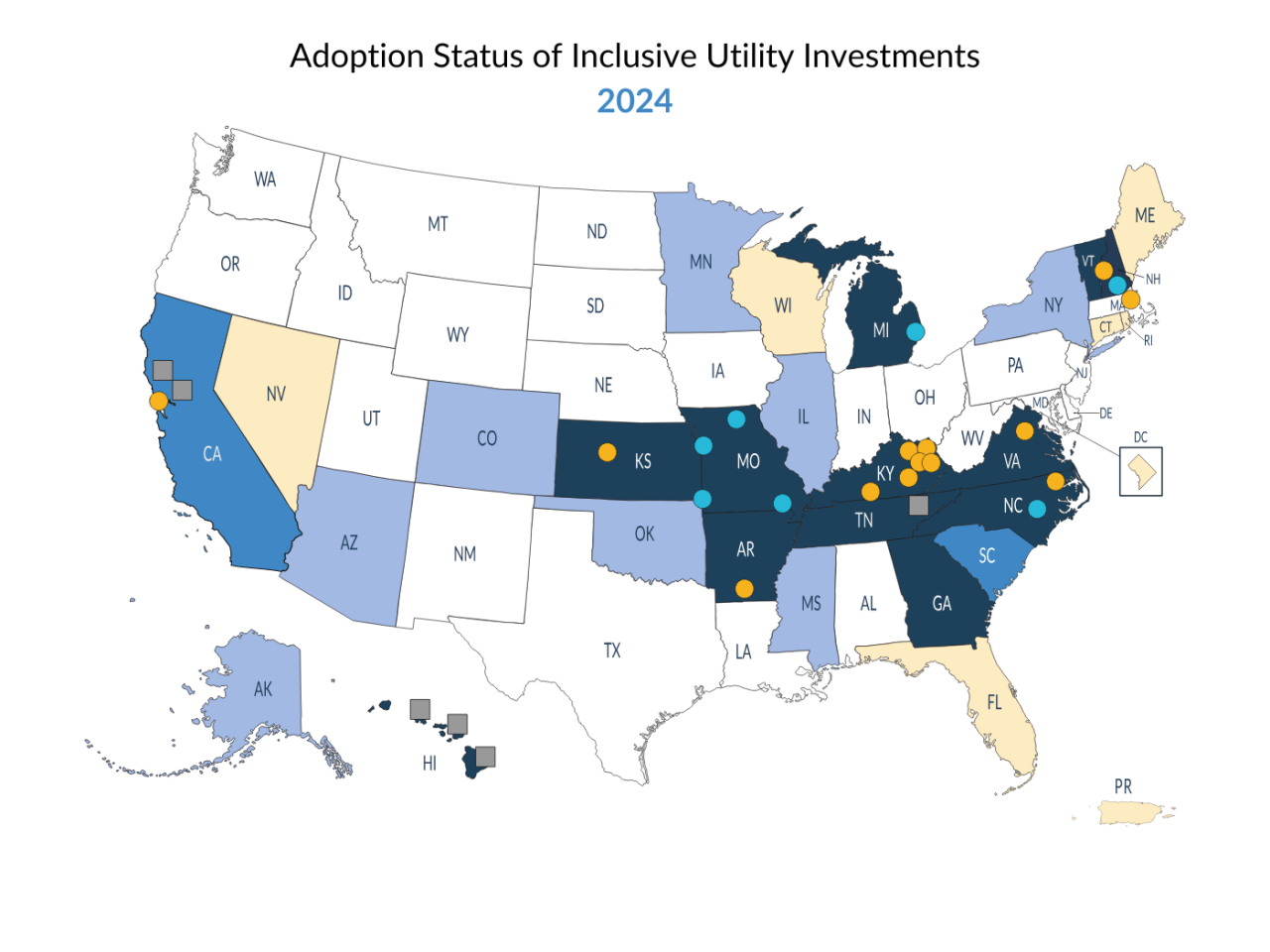News
When networks are open and the air is clean: IoT and bicycles in Catalonia
In the midst of the boom of artificial intelligence and algorithms that seem to know more about us than we do ourselves, we’ve somewhat lost sight of another buzz from a few years ago: the Internet of Things (IoT), the digital network that allows devices to be connected and communicate to each other, and to us. For the ‘moderately’ (ehem) tech-savvy like myself, this might conjure up images of smart fridges that know when you’re home and suggest a healthy dinner with whatever’s left inside.
Turning trash into transformation: Gender-inclusive climate action along Johannesburg’s Jukskei River
Do I repeat like a parrot in (almost) every one of these blog posts how we urgently need equitable, grounded climate solutions?
‘Sowing water’ in dry areas: inspiration from a pre-Inca practice
The idea that nature can offer solutions to our problems isn’t exactly new. Today, we call them “nature-based solutions” or refer to “ecosystem services”, but for centuries — even millennia — many communities have lived, farmed, and built in ways that reflect this logic.
Power to the People: Inclusive Utility Investments in the U.S.
The theory is well known: we must, urgently, reduce our reliance on fossil fuels. A transition to renewable energy and a reduction in overall consumption are essential pieces of this shift. And yet, many barriers persist.
Videos
#Fabcitymontreal


